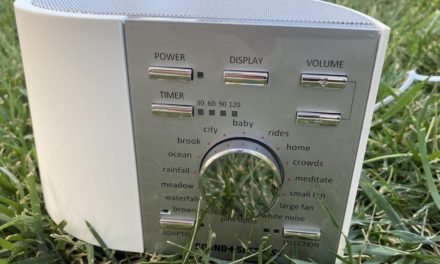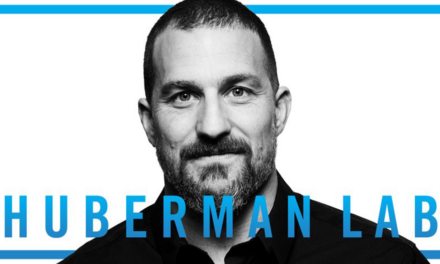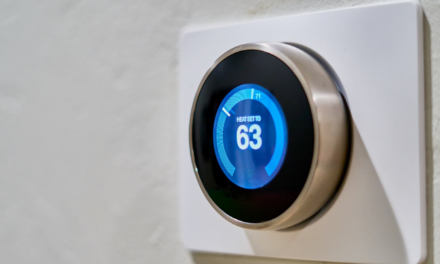As I repeatedly state, sleep is essential for the functioning of the body. Recently, I have been getting at least seven to nine hours of sleep each day, and I have felt amazing. Although, a month ago, I integrated a new technique before bedtime to help me relax. This blog gives a more detailed review of what I do before sleeping, including the Wim Hof Breathing method for ten minutes, mindful meditation for ten minutes, stretches for approximately five minutes, and rolling out my body for about five minutes. What made me want to integrate this change with meditation and breathing techniques is the realization that it can activate the parasympathetic nervous system and respiratory system to boost recovery. After reading a book called Breathe by James Nestor and reading many peer-reviewed articles, it made me realize how manipulating the respiratory system can induce a state of relaxation to improve the quality of sleep.
Before sleep, I do many of the things described in previous blogs. I drink tea, drink magnesium, take medication, listen to meditation music, use the BEMER machine, and take my eyes off a screen that produces blue light (for at least thirty minutes, but it should be more) drink a glass of water. On top of that, you should refrain from moderate exercises at least one to two hours before sleeping. Previously, I spoke about how stretching relieves inflammation and promotes recovery. I start the schedule by stretching my hamstrings, quads, and calves. I then stretch the hip, back, and shoulders, which takes me to the end of the routine. I will not discuss the stretches I use, but the ones not already in blogs will eventually become a part of blog posts. For now, it is easy enough to search up stretches for these areas before going to sleep. Following that, I make sure to roll out my back and shoulders attempting to stretch simultaneously. I then roll out the side of my quads, the front of the quadriceps, the hamstrings, the glutes, the hips, and slightly roll out my calves.
The last things have been mentioned throughout other posts, but this is a consolidated version of everything I did previously. The new thing I began doing before bed is the Wim Hof Breathing technique in a blog in recovery. To summarize the method, I breathe through my nose with three-second intervals for about thirty seconds and then hold my breath after exhaling for a minute. I repeat this twice; however, you hold in the breath for a minute and a half for the next two turns. I perform this technique by laying down and stretch my leg and arms as far as possible. After doing this for about a month, I found that I can hold my breath after an exhale for more extended periods. As I hold my breath, I focus my attention on slowing the heart rate and imagine following the flow of blood throughout my body. I find the breathing technique very peaceful, and my WHOOP Device has shown that the quality of sleep has improved. I also feel increasingly alive and relaxed at the same time due to this technique.
Following the Wim Hof Breathing method, I meditate for either a five or ten-minute period depending on how late it is that day. I experiment with ocean sounds, raindrops, rainforest noises, loving-kindness meditation, positive affirmation meditations, and chakra meditation. I sometimes use guided meditation practices but sometimes rely on sounds that make me feel at peace. In contrast to the Wim Hof Breathing Technique, I sit up with a straight posture. My breathing patterns consist of about four-seconds breathing in, sixteen-second hold following a deep breath, and then eight seconds following the hold with an exhale. This meditation focuses on relaxing the body, so I practice many meditation techniques I described previously. Thus far, my favorite one has been thinking of my body as a calm ocean, a river, or a cloud drifting in the sky. Trust me when I say that meditation helps me relax before sleep and enhances my ability to achieve the best possible sleep.
My experiences prove that this schedule is fantastic to make it easy to relax because it is necessary for the best possible sleep. I usually take about forty minutes to fall asleep, but the amount of time reduced significantly after this routine. My respiratory rate throughout the night is lower (which means my respiratory system muscles do not need to work as hard, and I get adequate amounts of oxygen to circulate throughout my body). I wake up feeling refreshed, which is a difference I noticed in about a week of using this routine. I encourage everyone to use a technique similar to this because it enables you to manipulate your body to promote adequate sleep.





